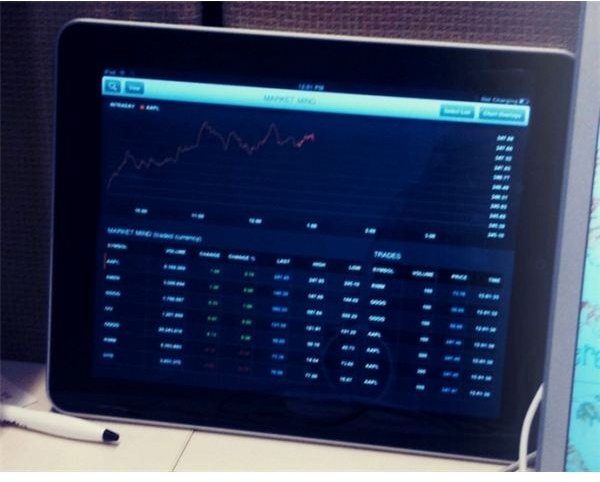Can You Borrow Money from a Bank to Purchase Stock? A Good or Bad Idea?
Bad Idea: Taking a Bank Loan to Invest
You want to get started in the stock market and wonder can you borrow money from a bank to purchase stock. In most cases, taking a bank loan to invest or trade stock is not a good idea. A bank loan is an obligation you will be required to pay back and if you lose the money in the market, you will still have to find a way to repay the loan.
A bank will not make a loan for the express purpose of stock market investing. Borrowing money to invest in stocks is regulated by the Securities and Exchange Commission and a bank will not be able to comply with the SEC regulations. You will also be required to make payments on the loan. If you do not have the money to invest in the market, how will you make loan payments? If you have excellent credit or equity in your home, you may be able to get a line of credit and use the proceeds for investing, but you will still have to find a way to make the payments, even if you have no profits or income from investing.
If you have the extra income to make a loan payment, save the money instead until you have enough to start investing. A stock brokerage margin account can be opened with a minimum deposit of $2,000. That should be your savings goal to start investing.
Stock Accounts With Margin Loans
SEC rules allow stock brokers to loan money to investors to pay for a portion of the cost of stocks. This type of loan is called a margin loan. To qualify for margin loans you just have to apply for a margin account with a stock broker and fund the account with some cash or equity. The SEC minimum equity for margin account is $2,000 but individual brokerage firms can set higher minimums.
A margin account allows you to borrow up to 50 percent of the cost to buy stock. If you have $3,000 cash in your account, you could purchase up to $6,000 worth of stock. You obtain a margin loan automatically when you buy stock in your margin account for more than the cash available in the account. A margin loan does not have to be repaid until you sell the stock. However, a margin account has a minimum maintenance requirement you should be aware of. The minimum maintenance is 25 percent equity in the account. If an investor’s equity in a margin account falls below the 25 percent level, the investor would be required to deposit more cash or sell some stocks to reduce the loan amount.
For example, you have $4,000 in your margin account and buy $8,000 worth of stock, borrowing $4,000 as a margin loan. If the value of the stock declines to $6,000, the margin loan is still $4,000, so your equity in the account would be $2,000. The $2,000 equity divided by the $6,000 account value results in an equity level of 33 percent, so the account is above the maintenance margin requirement and the account still has the minimum equity requirement of $2,000. If the stocks declined further, you would be required to add additional cash to the account.
Benefits of Investing on the Margin
Buying stocks in a margin account allows investors to acheive a higher return on investment. If $5,000 in equity is used to purchase $10,000 worth of stock and the stock goes up $1,000 or 10 percent, an investor has earned 20 percent on the $5,000 invested. Of course, if the stock goes down 10 percent, the investor loses 20 percent. Leverage cuts both ways.
The SEC notes that investors should read the margin account agreement and understand the rules before using the account to borrow money for stock market investing.
References
SEC: Margin: Borrowing Money to Pay for Stocks
Photo Credit: Flickr by stringbot
